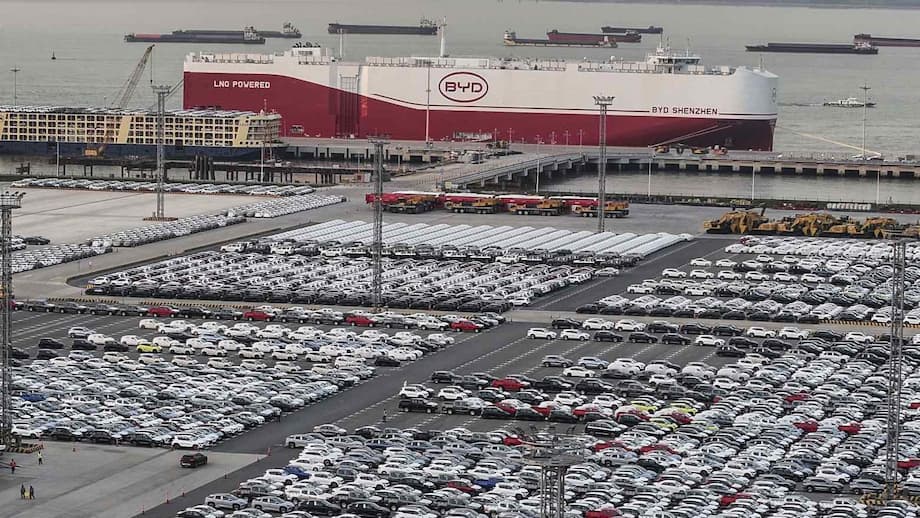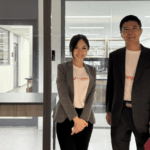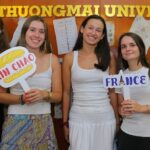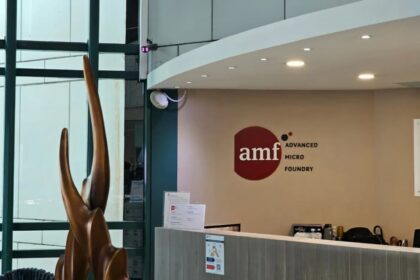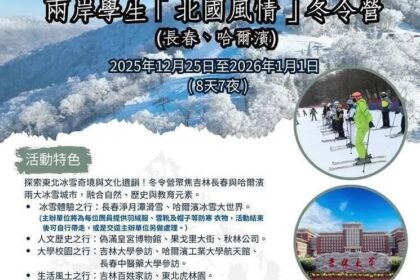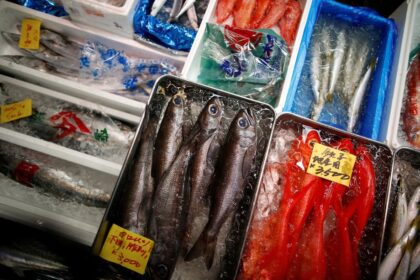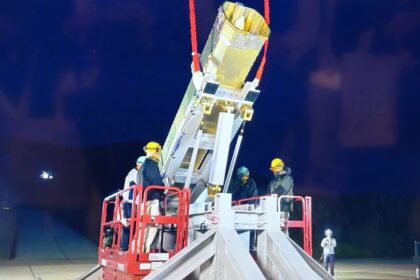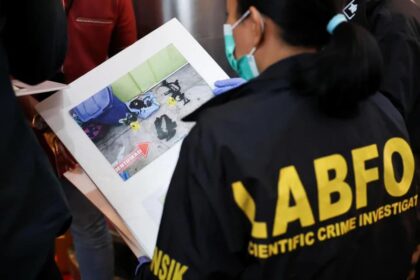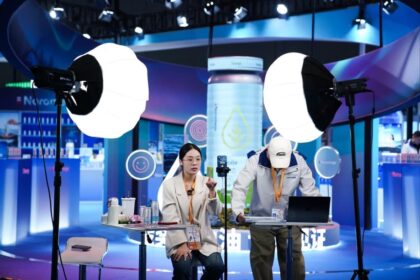A strategy reset for China’s EV push
China’s race to build an electric vehicle footprint across the world is entering a more selective phase. After five years of rapid expansion, overseas spending tied to electric cars and batteries is slowing. The focus is shifting toward Asia and into pieces of the supply chain that demand less capital, such as components and final assembly, rather than large scale upstream resource bets or headline making acquisitions.
- A strategy reset for China’s EV push
- Why growth cooled after a global sprint
- Asia becomes the safer bet
- What China is building abroad now
- Host country calculus, jobs and risks
- What this means for Europe and the United States
- Company strategies in a cooler market
- The policy backbone behind new projects
- Outlook for 2025 to 2027
- What to Know
This recalibration reflects a new mix of pressures and opportunities. Western markets have grown more protective, introducing tougher rules on subsidies and local content. At home, Chinese automakers face intense price competition and slower growth, which makes cautious expansion more attractive than big ticket projects. Asia offers closer markets, friendlier trade frameworks, and costs that still favor manufacturing, which is pulling new projects to Southeast Asia, parts of South Asia, and selected East Asian hubs.
Industry data based on announced transactions shows that global Chinese investment along the EV value chain set a high mark in 2023, then began to moderate as conditions changed in 2024. Most projects today are greenfield plants that build batteries, cathode or anode materials, and final assembly lines. The geography is clearest: less North America, more Europe, the Middle East, and especially Asia. That pivot is reshaping where jobs, technology, and supply networks are emerging, with notable momentum in Malaysia, Thailand, Vietnam, and Indonesia.
Why growth cooled after a global sprint
The pause in pace starts at home. China is contending with a long economic slowdown, high debt, and weaker consumer confidence. Carmakers have responded by cutting prices to keep sales moving. The price war has reduced profits and raised the bar for any new factory investment. BYD, the country’s largest EV manufacturer, reported that profit fell by nearly a third from a year earlier in the second quarter, a reversal from years of steady quarterly gains. That pressure translates into a more cautious approach to overseas capex.
Capital markets also turned colder. Venture funding across Asia fell to its lowest level in a decade last year, and China took much of the hit. The reduction in available risk capital makes big overseas projects harder to finance and encourages companies to prioritize projects with faster payback, smaller footprints, or access to incentives from host governments.
Policy headwinds abroad add to the slowdown. The United States has tightened tax credit rules for EVs with Chinese content and remains wary of Chinese investment in sensitive supply chains. Europe has stepped up scrutiny of support programs for Chinese automakers and is moving toward higher tariffs. These steps do not shut the door completely, but they push companies to build where rules are clearer and local content targets are achievable. That logic is favoring Asia, where trade pacts and industrial policies often welcome EV supply chain investment.
Asia becomes the safer bet
Asia is drawing a larger share of new EV projects for practical reasons. It is close to China, logistics are simpler, and production ecosystems are mature in places like Thailand and Malaysia. The Regional Comprehensive Economic Partnership (RCEP) gives tariff advantages within a large bloc. Many governments in Southeast Asia also see EVs as a strategic growth engine and are offering land, tax relief, or grants to attract automakers and battery suppliers.
Southeast Asia rises as a production base
Malaysia’s star is rising. BYD plans to open its first plant in the country in 2026. Leapmotor, a fast growing Chinese EV brand, has teamed up with Stellantis to begin local assembly before the end of this year. These moves signal confidence that Malaysia can support a cluster of suppliers and serve both domestic buyers and regional export markets.
Thailand remains a magnet for EV assembly and battery projects, helped by a long history in auto manufacturing and an active package of incentives for new energy vehicles. Vietnam continues to attract export oriented manufacturing, while Indonesia has positioned itself around nickel refining and battery materials thanks to resource wealth. The path is not smooth everywhere. Indonesia’s electric two wheeler market shrank this year after subsidies ended, a reminder that consumer incentives and policy consistency are key to sustaining demand and justifying more factory lines.
From big acquisitions to greenfield factories
Chinese companies are favoring greenfield projects over acquisitions. Buying an existing automaker or resource asset is costly and often faces political resistance. Building a new plant is simpler to control, easier to tailor to local content rules, and can be scaled in phases. The sweet spot in this new wave is mid stream battery production, which includes cathode and anode materials, cell manufacturing, and pack assembly. These investments are capital heavy but less risky than upstream mining, and they support local employment while helping host countries climb into more advanced manufacturing.
What China is building abroad now
The heart of China’s overseas EV push is the battery. In 2023, battery related projects dominated Chinese outbound investment in this sector, and most were new builds rather than takeovers. The next tier includes cathode and anode plants that move materials into higher value products, and final assembly lines that help brands meet local content thresholds. This combination lets companies ship raw materials or semi finished goods in, add value locally, and ship finished cars or packs to nearby markets.
By concentrating on battery and component production, Chinese firms can navigate trade rules while avoiding the scale and risk of entire vehicle factories in every market. When they do commit to vehicles, many start with semi knocked down or completely knocked down kits, then ramp to full production as supplier networks mature. Malaysia and Thailand have several projects built around that approach, which also fits with government goals to create skilled jobs and supplier bases.
Midstream battery and materials projects
Mid stream plants are attractive because they plug into existing clusters and can respond to changing technology. Building an anode or cathode plant positions a company to supply multiple carmakers, not just its own model line, which spreads risk. It also answers pressure from host governments for local value added. Some projects bundle supplier ecosystems, bringing materials providers along with cell makers. This pattern is visible in Southeast Asia, and in selected East Asian markets where production standards and infrastructure are ready for rapid scale.
Investments in mining have cooled compared with the previous cycle, partly because lithium prices fell from their peaks and partly because resource projects have longer lead times and political risk. Latin America still matters for lithium and copper, and Chinese companies hold stakes in mines and refining there. Yet for the immediate push to gain market share and comply with local rules, mid stream and downstream projects in Asia are the quicker path.
Host country calculus, jobs and risks
For Asian governments, the draw is clear. EV investment brings factories, training, and export potential. It can reduce dependence on imported combustion engines and link local firms into a global technology transition. The most direct gains come from construction jobs, plant operations, and services that grow around large industrial sites.
The benefits depend on design. Projects that only process local resources for shipment back to China create fewer skills and weaker supplier bases. Projects that assemble vehicles or make battery cells and packs can deepen capabilities, especially when paired with supplier development and workforce programs. Evidence across Southeast Asia shows progress on manufacturing output and employment, but movement up the technology ladder is uneven. A few countries, such as Vietnam, have seen improvement in product complexity, while others have struggled to translate foreign investment into higher knowledge intensity.
Policy consistency is a critical variable. Sudden changes in incentives or standards can damage investor confidence. The drop in Indonesia’s electric two wheeler sales after subsidy withdrawal illustrates the sensitivity of early EV markets to policy shifts. Clear timelines for incentives, transparent local content rules, and support for training help both investors and domestic firms make longer term plans.
What this means for Europe and the United States
Europe and the United States remain large markets, but they are harder for Chinese automakers to access. Higher tariffs in Europe and discussions about support programs have raised the cost of exporting Chinese made cars. New rules in the United States tie generous tax credits to the location of critical mineral processing and component production, which limits the eligibility of vehicles with Chinese content. These steps are shaping new investment paths.
One result is creative routing. Some Chinese suppliers are building in countries that have trade agreements with the European Union or the United States, then shipping onward. North America still sees occasional activity, often at the supplier level, but projects can be volatile given political scrutiny. Mexico could attract more component investment because of its links to the United States and Canada, yet companies tread carefully to avoid conflict with US policy. In this context, Asia looks less complicated, closer to home, and rich with growth pockets, which is why new project announcements are clustering there.
Company strategies in a cooler market
Automakers are calibrating expansion plans to match demand and policy signals. Chinese brands are increasing exports to markets where tariffs are manageable and infrastructure is improving, while backing that push with selective assembly lines overseas. The aim is to balance brand growth with capital discipline. BYD, which faces a more crowded field and slower sales growth, is pushing into Southeast Asia and Latin America with local assembly while managing costs. Newer brands that rely on investor funding are moving in step with financing windows, which have narrowed compared with the boom years.
Battery champions are deepening their presence outside China to serve global clients. Cell plants and pack assembly located near car factories reduce shipping costs and help automakers meet local content rules. Suppliers of cathode and anode materials are following the same path. This ecosystem approach creates stickiness for host markets and reinforces Asia as a core EV manufacturing zone.
The policy backbone behind new projects
Trade arrangements and industrial policies in Asia are central to this shift. RCEP cuts tariffs within the bloc and simplifies rules of origin. Several Southeast Asian governments offer tax holidays, accelerated depreciation, or direct support for strategic investments. These programs make a difference for mid sized projects that need predictable returns. They also signal that host countries want more than simple assembly, encouraging suppliers to co locate.
Host governments are also tightening expectations. Local content requirements are rising. Environmental standards for battery recycling and waste are getting stricter. Investment screening is expanding in some places to address national security concerns. Chinese firms are adapting by partnering with local companies, accepting joint ventures, or building research centers to embed in the local economy. The result is a more complex but more resilient network of plants and suppliers across Asia.
Outlook for 2025 to 2027
The next two years are likely to bring steady but selective Chinese investment across the Asian EV supply chain. Mid stream battery projects and final assembly lines should see the most activity, especially where incentives are clear and demand is rising. Companies will keep a close eye on policy changes in Europe and the United States, yet most new announcements will aim for quicker execution in Asia. The greenfield approach will remain dominant because it allows phased spending and smoother compliance with local rules.
Risks are real. Domestic competition may further squeeze profits, credit conditions can tighten, and policy reversals can unsettle markets. Even so, the gravity of supply chains, the need to serve fast growing regional consumers, and the search for tariff friendly production locations all point to Asia as the primary stage for the next chapter of China’s global EV buildout.
What to Know
- China’s overseas EV investment is slowing after years of rapid growth, with a clear pivot toward Asia and less capital intensive projects.
- Domestic challenges, including a price war and slower growth, are pushing automakers and suppliers to be more selective about new factories.
- Western barriers, such as higher tariffs in Europe and strict content rules tied to tax credits in the United States, are redirecting projects.
- Asia offers proximity, trade preferences through RCEP, and active incentive programs that support EV assembly and battery plants.
- Malaysia is emerging as a production base, with BYD planning a plant for 2026 and Leapmotor starting assembly with Stellantis.
- Mid stream battery investment, including cathode, anode, cells, and pack assembly, is the main focus of new Chinese projects overseas.
- Greenfield projects dominate because they are easier to tailor to local rules and can scale in phases.
- Host countries gain jobs and exports, but the depth of local capability depends on policy design and stable incentives.
- Latin America remains important for resources and some assembly, but near term growth in manufacturing is concentrating in Asia.
- Expect steady, selective investment through 2027, with Asia as the core manufacturing zone for Chinese EV supply chains.


